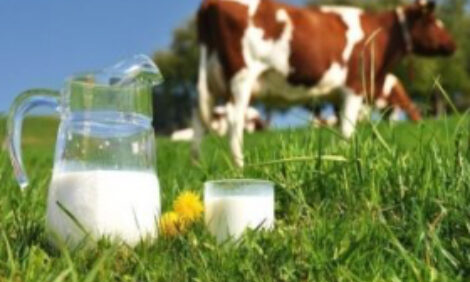



Livestock Farmers Warned Over Ergot Toxin Risk in Feed Grains
SCOTLAND, UK - Experts from Scotland’s Rural College are urging livestock farmers to beware of an increased risk posed by feed grain contaminated with ergot, a fungal disease that can be toxic to animals or humans.Ergot is a naturally occurring fungus spread by spores in the spring. If conditions are cool and wet, as they were in parts of Scotland this year, and this coincides with the point when cereal flowers are open, there is a heightened risk of grain being contaminated. The fungus takes over individual grains in the seed head which, as the crop reaches harvest, can be identified by their distinctive black colour.
Grain processed for human consumption undergoes careful screening procedures and any crop containing more than 0.01 grams of ergot per kilogram of grain is banned from the food chain by UK law. The warning from Dr Basil Lowman of the College’s SAC Consulting Division is about crops being exclusively fed to livestock; particularly home grown crops.
“We have had reports of raised ergot levels on some farms in the Lothians and Borders,” he explains.
Basil Lowman’s colleague, Heather Stevenson from SAC Consulting Veterinary Services explains Ergot poisoning is seen more frequently in cattle than in sheep.
“The most common form occurs where contaminated grain is fed over a long period. Initially animals may be seen to be lame and have mild diarrhoea but later the toxins restrict the blood flow to the animal’s extremities, like the lower legs, tail and ears, which become gangrenous and, given time, would die and slough off. There is no treatment for ergot poisoning.”
SAC Consulting stress that ergots are extremely poisonous to humans so farmers or staff handling affected grain should always wear gloves and a mask and be extremely careful with processing grain.
The organisation advised farmers to not feed contaminated grain if at all possible, but if unsure they should check levels by taking a dozen 1 kg grain samples from all over the heap, spreading these out over a sheet of newspaper and counting the number of ergots.
Any contaminated grain should be spread between as many animals as possible, should not be fed to breeding animals and should be unprocessed, as processing is thought to increase the danger.
TheCattleSite News Desk


